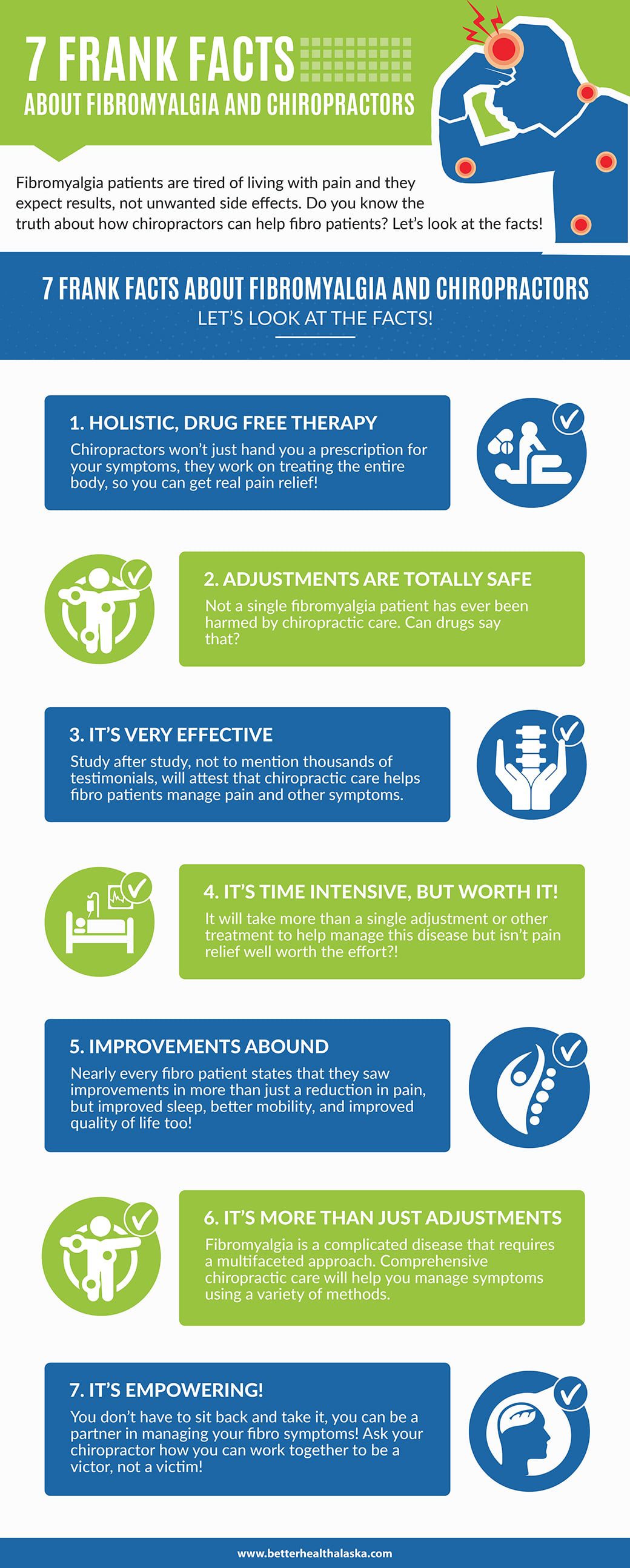An Exciting Assessment Of Cold Laser Therapy Highlights Its Capacity For Healing And Discomfort Relief-- Find Out How This Innovative Method Runs
An Exciting Assessment Of Cold Laser Therapy Highlights Its Capacity For Healing And Discomfort Relief-- Find Out How This Innovative Method Runs
Blog Article
Material Created By-
Cold laser treatment, or low-level laser treatment (LLLT), is a non-invasive treatment alternative you could wish to take into consideration. It makes use of specific wavelengths of light to promote healing and lower discomfort. Yet exactly how specifically does this light impact your cells? Recognizing the device behind this treatment can reveal its potential advantages for various problems. Allow's check out exactly how this ingenious technique works and what it can suggest for your health.
Comprehending Cold Laser Therapy
Cold laser treatment, likewise known as low-level laser therapy (LLLT), uses details wavelengths of light to promote recovery in cells without causing any type of damage.
This non-invasive treatment can help in reducing pain, inflammation, and promote tissue repair work. You may locate it beneficial for various conditions, such as arthritis, tendonitis, or chronic discomfort.
Throughout a session, a specialist will certainly route the laser at the affected location, and you typically won't feel any kind of discomfort. The treatment is quick, usually lasting only a few minutes, and the majority of people call for several sessions for optimal results.
Mechanism of Activity
The performance of cold laser treatment hinges on its capability to stimulate cellular processes via specific light wavelengths.
When you apply the laser to a damaged location, the photons penetrate your skin and are taken in by the cells, especially the mitochondria. https://coldlighttherapy19764.blogdun.com/35092269/just-how-cold-laser-therapy-works-a-step-by-step-explanation activates a series of biochemical responses that boost ATP production, the power currency of your cells.
As https://www.buzzfeed.com/laraparker/we-traveled-3000-miles-to-try-and-cure-our-chronic-pain climb, your cells can repair and regenerate more effectively. Additionally, cold laser treatment lowers swelling and advertises blood circulation, better quickening the healing process.
You might notice better cells repair service and pain relief consequently. Overall, this non-invasive technique uses light energy to promote healing on a mobile degree.
Perks and Applications
While many seek efficient discomfort relief and recovery services, cold laser therapy has actually emerged as a functional alternative with countless benefits.
You'll find it can lower inflammation, advertise cells fixing, and accelerate recovery. This non-invasive treatment can help with numerous conditions, consisting of arthritis, tendonitis, and sports injuries. Many people experience remedy for persistent pain, making daily tasks extra convenient.
Cold laser treatment is likewise used in dental practices to minimize pain and accelerate healing after treatments. therapeutic laser treatment is it secure and painless, yet it also has very little negative effects, permitting you to return to your routine rapidly.
With its growing applications in both medical and wellness settings, cold laser therapy could be the remedy you have actually been searching for.
Final thought
In conclusion, cold laser treatment offers an encouraging, non-invasive alternative for advertising healing and easing pain. By using particular wavelengths of light, it stimulates your cells, boosting their natural fixing processes. Whether you're dealing with persistent pain, inflammation, or injuries, this treatment can give considerable advantages. If you wonder regarding just how cold laser therapy could aid you, take into consideration talking to a health care professional to explore your options and begin on the course to healing.
